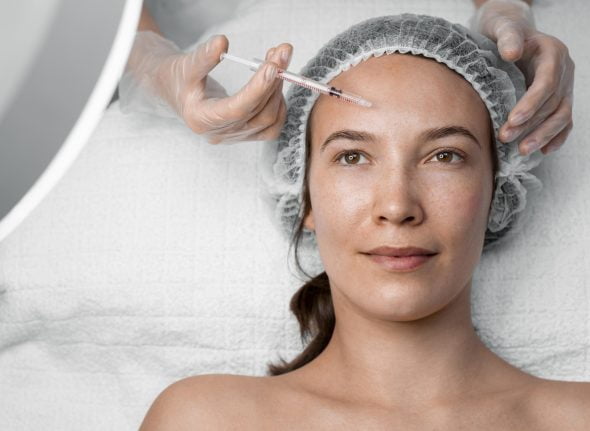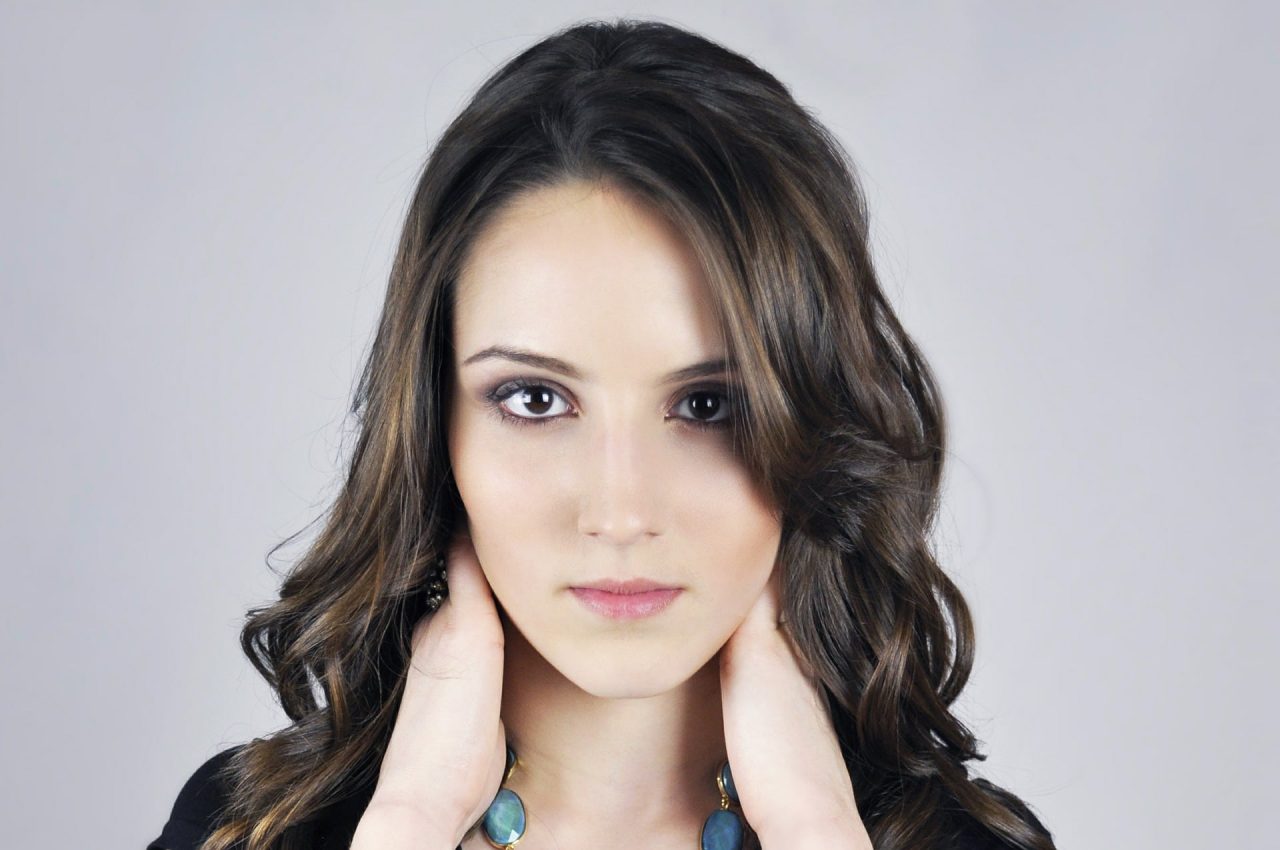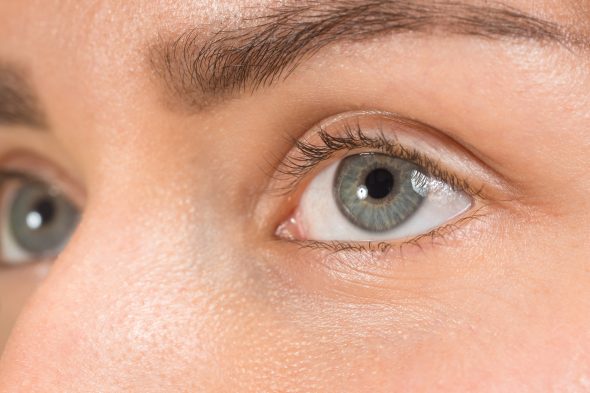

Eye Bag Removal Explained
Daniel Ezra, 4 February 2019

The surgical procedure to remove the bags around the eyes is a popular procedure for both men and women of all ages who wish to minimise the signs of natural ageing.
Eye bag removal, known medically as the blepharoplasty procedure, is performed in order to produce a more youthful, fresh look to the eyes and overall facial appearance. The aim of the surgical procedure is to remove or reposition the fat and to smooth out the loose, wrinkled skin, which occurs as a result of ageing, sun damage, exhaustion and certain conditions, such as Thyroid Eye Disease.
Everything you need to know about eye bag removal
Who is eligible for the procedure?
Those who wish to reduce the appearance of tired looking eyes, due to the heaviness of the eyelids and unattractive eye bags, are normally the most common type of patient requesting this procedure.
Another reason is the asymmetry of eyelids, whereby the procedure is requested in order to improve overall symmetry.
Many patients also have problems where the sagging of the upper eyelid skin has started to obstruct the field of vision, causing sight issues. In this case, the procedure is carried out to remove the obstructive skin and improve patient vision.
Moreover, certain eye conditions, such as Thyroid Eye Disease, can cause disfigurements which may require highly-specialised blepharoplasty surgery to help restore the eyes’ natural appearance.
How is the procedure carried out?
A procedure to the upper eye area helps those with loose or hanging skin around the upper lid area and a heavily wrinkled appearance underneath the eyebrow margin. During upper procedures, the eye surgeon will typically make a small, crescent-shaped incision and remove skin, fat and underlying muscle from the area. The upper procedure is normally carried out under local anaesthesia, with or without sedation.
The lower procedure is performed to reduce the appearance of tired eyes, which is caused by excess fat and puffiness underneath the eye area, creating noticeable eye bags. During the lower procedure, an incision is made below the lower lash line that runs beyond the corner of the eye. Then, a surgical removal or relocation of the fat found underneath the skin’s surface, or the removal of loose skin, takes place. The lower procedure is normally carried out under local anaesthesia with sedation, or general anaesthesia if the patient would prefer this.
In each procedure, dissolvable stitches or glue are used, depending on what Mr Ezra thinks is most appropriate for each patient.
Upper or lower procedures can be carried out on their own, or in combination with other eye procedures, depending on patient necessity. Daniel Ezra will discuss this with patients during their consultation.
What happens after surgery?
During the procedure, a thick antibiotic ointment is applied to the patient’s eye area to stop the surface from drying out. As such, when a patient wakes up after the procedure, they will normally notice a blurring of the vision. This is normal and nothing to worry about. The same ointment should be applied to the inside eye area and wounds four times each day. On occasion, the surgeon may prescribe artificial teardrops to further prevent eye dryness during the post-operative healing period.
It is normal to experience swelling and bruising for about 1-2 weeks (upper procedure) or 2-4 weeks (both upper and lower) after the surgery and this will differ between patients. Some patients may notice swelling for longer periods. Eye bandages are not usually necessary, though sometimes they may be applied if the surgeon thinks it is important to do so.
Patients can get up and walk around on the same day of the surgery or the morning after, and pain should subside with painkillers that will be given to patients after the procedure.
To help reduce the swelling, patients can apply ice packs (or a bag of frozen peas wrapped in a towel) to the eye area a few times a day, for 3-4 minutes, for the first 48 hours. Patients may also be encouraged to sleep in an elevated position, with several pillows to also help minimise swelling. Strenuous activity must be avoided for the first 7 days, but patients should remain mobile and do some gentle walking.
Washing the eye area after surgery
How to wash the eye area is a common question that many patients have before and after this type of surgery. Here are several instructions to follow as a guideline for the first two weeks post-op:
1-2 days: Keep eyes dry. Bathing is fine as long as the eyes do not get wet. Backwash the hair and ask for help doing so if need be. Splashing of water is ok, but the wounds should not be exposed to long periods of moisture.
3-7 days: The eyes can be washed gently using soap and water. Do not rub to dry, rather dab gently. Leave scabs alone as they will fall away on their own when they need to.
7-10 days: If you had sutures put in, they may now be removed. Once removed, normal washing routines can resume.
14 days: Patients should be free to wear eye make-up again.
The recovery period
For those who have a had an upper lid procedure, it is normal to return to work after 7-10 days, by which time your bruising or swelling should be unnoticeable. For those who have had a lower lid procedure, the recovery is slightly longer, with patients normally returning to work after 10-14 days.
For both of the procedure types, patients can normally work from a computer at home after the first 48 hours, without causing any damage to the eyes.
Will I have a scar?
All incisions to the skin tend to leave scars. However, the eyelid area tends to heal quickly and scars there appear less noticeable. Daniel Ezra tries to hide the incision within the natural eye creases so that it is well disguised. With upper lid surgery, this will be within the creases, whereas for lower lid surgery, it will be hidden under the lashes.
There may be a small scar, a few millimetres long, that extends laterally into the crow’s feet area.

